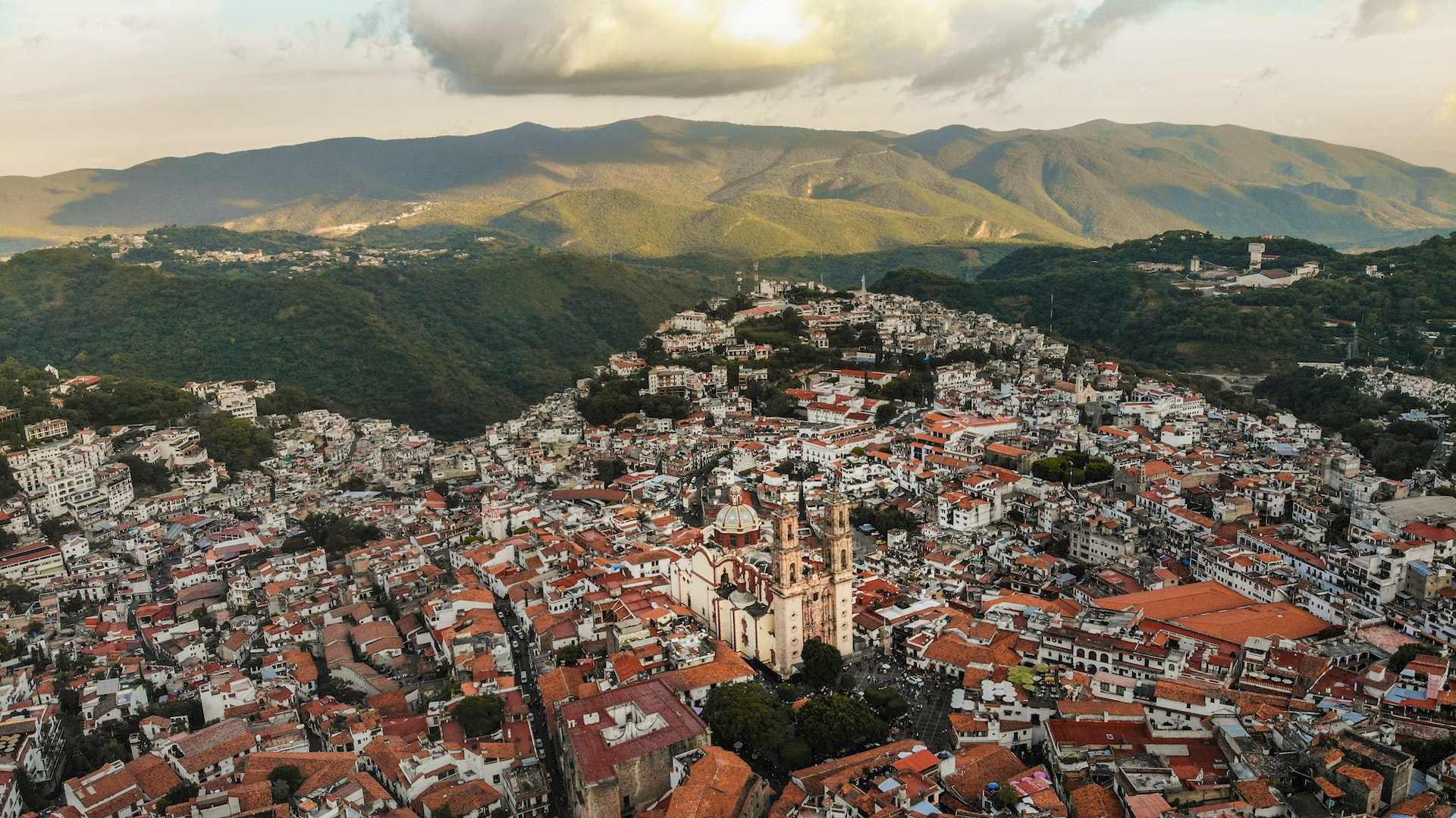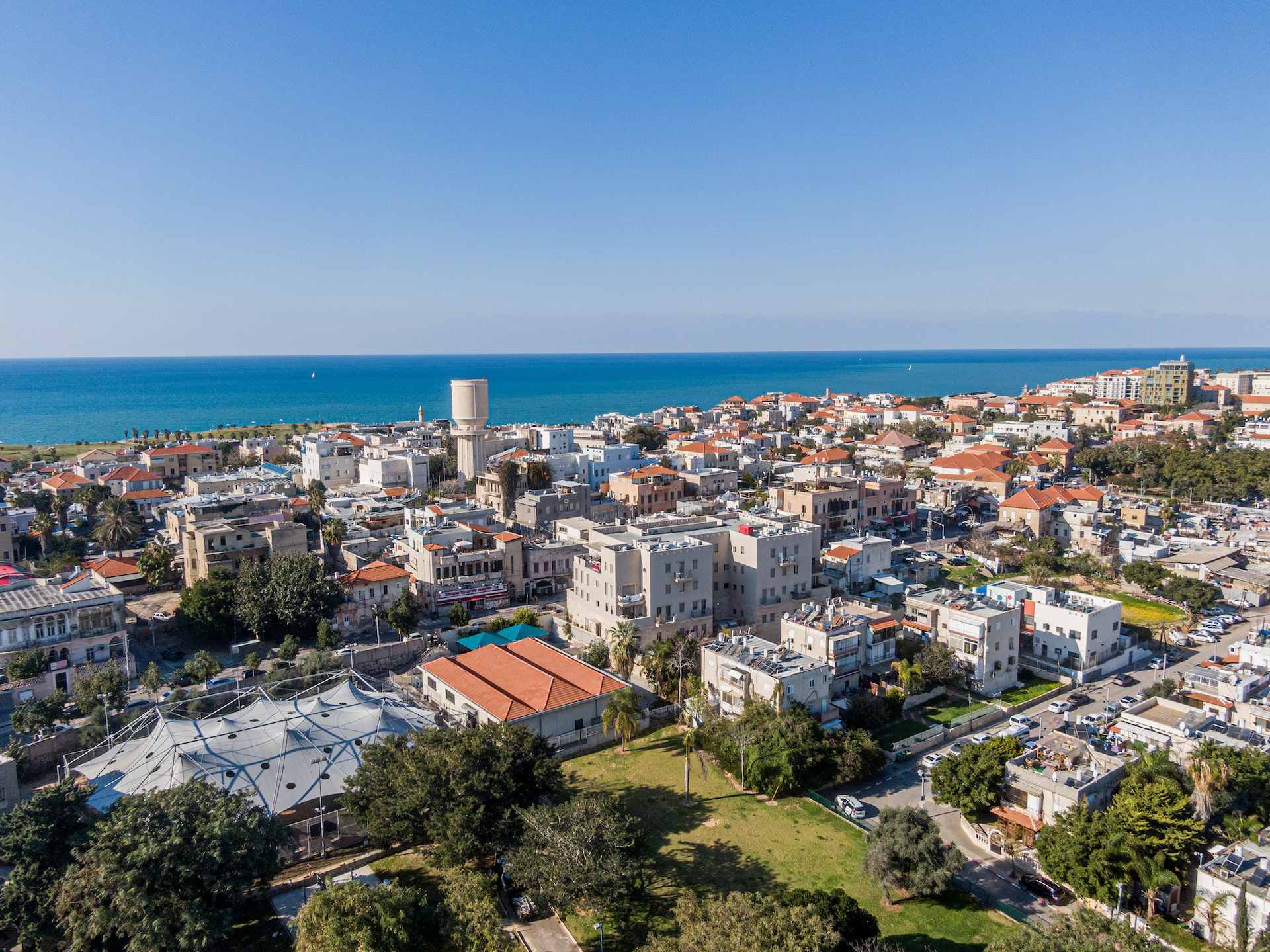Tegucigalpa weather:
Tegucigalpa, the capital city of Honduras, is known for its tropical climate, with warm temperatures and high humidity throughout the year. The city is situated in a valley surrounded by mountains, which can affect the weather patterns in the area. The city is also located close to the equator, which means that it experiences little variation in daylight hours and temperatures throughout the year.
The rainy season in Tegucigalpa typically runs from May to October, with the heaviest rainfall occurring in September and October. During this time, the city can experience heavy thunderstorms and occasional flooding. On the other hand, the dry season runs from November to April, with the least amount of rainfall occurring in January and February.
The average temperature in Tegucigalpa ranges from 23 to 28 degrees Celsius (73 to 82 degrees Fahrenheit) throughout the year, with the warmest temperatures occurring in April and May. The city also experiences relatively high humidity, which can make the heat feel even more intense.
| Month | Low (°C) | High (°C) | Low (°F) | High (°F) | Rain (%) |
|---|---|---|---|---|---|
| January | 18 | 28 | 64 | 82 | 5 |
| February | 18 | 28 | 64 | 82 | 5 |
| March | 18 | 29 | 64 | 84 | 10 |
| April | 19 | 29 | 66 | 84 | 15 |
| May | 20 | 30 | 68 | 86 | 25 |
| June | 20 | 30 | 68 | 86 | 35 |
| July | 20 | 30 | 68 | 86 | 40 |
| August | 20 | 30 | 68 | 86 | 40 |
| September | 20 | 29 | 68 | 84 | 40 |
| October | 19 | 29 | 66 | 84 | 35 |
| November | 18 | 28 | 64 | 82 | 25 |
| December | 18 | 28 | 64 | 82 | 20 |
When it comes to planning a trip to Tegucigalpa, the best time to visit largely depends on what type of weather you prefer. If you’re looking to avoid the heavy rainfall and potential flooding of the rainy season, it’s best to plan your trip for the dry season, between November and April. The temperatures will also be slightly cooler during this time, which can make for more comfortable sightseeing and outdoor activities.
However, if you’re looking for a more authentic experience of Tegucigalpa, the rainy season can be a great time to visit. This is when the city truly comes alive, with vibrant green landscapes and bustling markets. The heavy rainfall also provides a respite from the heat, which can make for more pleasant conditions.
Another consideration when planning a trip to Tegucigalpa is the city’s proximity to the equator. This means that the sun is extremely strong throughout the year, so it’s important to take necessary precautions such as wearing sunscreen and protective clothing.
It’s also worth noting that Tegucigalpa is a popular destination for both business and leisure travelers, so it’s important to keep in mind the peak tourist seasons when planning your trip. The city tends to be busiest during the holiday season (December to January) and during the summer months (June to August) when many students and families are on vacation.
Overall, the best time to visit Tegucigalpa largely depends on your personal preferences and travel style. If you’re looking to avoid the heavy rainfall and potential flooding of the rainy season, it’s best to plan your trip for the dry season between November and April. However, if you’re looking for a more authentic experience of Tegucigalpa, the rainy season can be a great time to visit.
It’s important to keep in mind the city’s proximity to the equator, the peak tourist seasons and your personal preferences when planning a trip to Tegucigalpa. The city offers a lot of things to do and see, and with the right planning, you’re sure to have a great time exploring this vibrant and unique destination.



